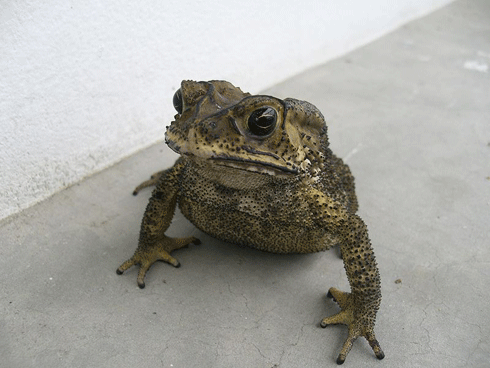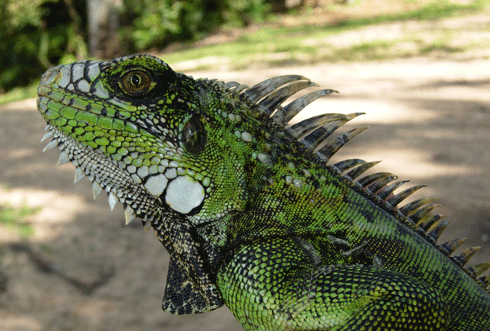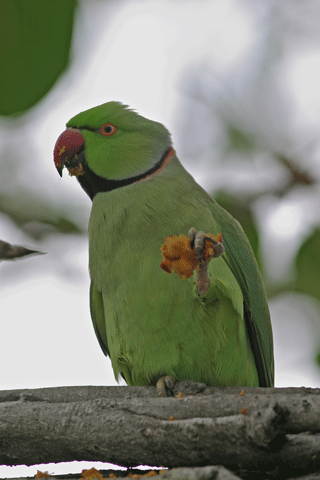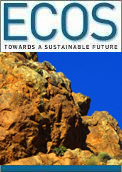
|
Published: 20 February 2012
Biosecurity threats of vertebrate pests in Australia
A new study finds that exotic pets and stowaway animals present some of the highest risks for the introduction and establishment of new invasive animals in Australia. Associate Professor Phill Cassey and Dr Wendy Henderson report that more effort is needed to collect comprehensive and reliable records on the likely origins of emerging threats – which will require a concerted effort from biosecurity agencies and border authorities.
Australia is famously girt by sea, and is home to amazing biodiversity hotspots and regional endemism – species found nowhere else on Earth. It is also notoriously renowned for its staggering number and diversity of exotic species, weeds and pests. The costs of damage, management and research for vertebrate pests (birds and mammals) in Australia are around AUD$1 billion per year.
This country has learnt the hard way that it is extremely difficult and expensive to eradicate an invasive species once it has become successfully established. Prevention is far more effective than retrospective control efforts. Biosecurity surveillance – and the Australian Quarantine and Inspection Service (AQIS) in particular – play a prominent role in protecting Australia's borders from new and emerging invasive species and pests.
The number of new exotic vertebrate species detected in the wild has significantly increased since 1999, and emerging pests are likely to continue to be a problem for Australian authorities.
The incursion of a new species occurs when species are either smuggled or stowaway across Australian borders and are subsequently released or escape into the environment. With the large amount of global and local travel and trade, the risk of incursion events is increasing. It is vital that we understand the types (and origin) of species presenting recurring risks to Australian environments.
Together with our colleague Dr Mary Bomford, we conducted a study published in the journal Wildlife Research that addressed the question: ‘From where are the risks of pest introduction and spread in Australia most likely to arise?’. We collated records of exotic vertebrate species – birds, mammals, reptiles and amphibians – detected both pre and post-border by agencies responsible for Australian biosecurity from 1999–2010. We calculated the likelihood (risk) that these new species would establish populations in the Australian environment, based on their history of establishing overseas and the similarity between the climate in their area of origin and their current geographic range with Australia. We also examined whether different classes of vertebrates posed higher risks and whether the risk of establishment was influenced by the method of detection of the pest species.
The majority of species detected were reported post-border from illegal keeping. Pets or display animals kept illegally (and legally) in Australia present one of the highest risks for new pests. Some of these species are smuggled into the country, often in inhumane conditions. These animals could potentially become significant pests if sufficient numbers are released into the environment.
Aviary birds and aquarium fish have already established pest populations in Australia. Some of the pet species presenting the greatest next threats include boas (Boa constrictor), corn snakes (Elaphe guttata), common iguanas (Iguana iguana) and Indian ring neck parrots (Psittacula krameri). The fact that many pets are not securely contained – or are discarded into the environment once they become unwanted – is an issue that will continue to challenge post-border agencies.
There are many examples of animals that have been accidentally or deliberately released into the Australian environment in small numbers and established as pests. Rabbits are a prime example. The main introduction is believed to have been in 1859, when 24 rabbits were released for hunting in Victoria – resulting in a population explosion of billions across the country.
The number of release events and the number of individuals released greatly influences whether a species will establish a free-living exotic population. The more individuals released, the greater the chance that the species will be successful. Thankfully, however, we found that there were no more large releases of high-risk animals than there were large releases of low-risk animals.

|
|
The black spined toad (Bufo melanostictus) is a species frequently intercepted as a pre-border stowaway by AQIS, and has been seen in the wild here at least twice. It has an extreme risk of establishing in Australia.
Credit:
HAH
|
Even though keeping exotic reptiles is generally illegal in Australia, reptiles are a popular pet species in this country. We found that reptiles were by far the most common vertebrate stowaways intercepted by AQIS. Reptiles were also more likely to be of greater risk for future establishment than were birds, mammals or amphibians.
We have provided a quantitative picture of the most likely origins of the emerging threats. However, it is critical that AQIS and other biosecurity agencies acknowledge the importance of collecting comprehensive and transparent data for the identification of species and risk pathways into and within Australia. Unfortunately, current data are far from comprehensive. For example, 57 per cent of recorded examples of stowaway exotic vertebrates were not classified to species level. Although there are significant challenges to species identification in some cases, we strongly support all future R&D advances (e.g. molecular screening), as well as high-quality reporting standards wherever feasible. This will greatly help researchers understand and address ongoing biosecurity threats.
Assoc. Prof. Phill Cassey is an ARC Future Fellow with the School of Earth & Environmental Sciences, University of Adelaide. Dr Wendy Henderson is a researcher with the Invasive Animals CRC. |





